Blind Melon
Buy Blind Melon Blind Melon is the 1992 debut album by the rock band of the same name. The album was an international seller due primarily to the breakthrough hit “No Rain” along […]
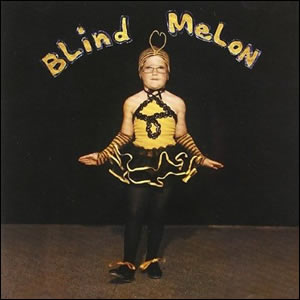
Buy Blind Melon Blind Melon is the 1992 debut album by the rock band of the same name. The album was an international seller due primarily to the breakthrough hit “No Rain” along […]
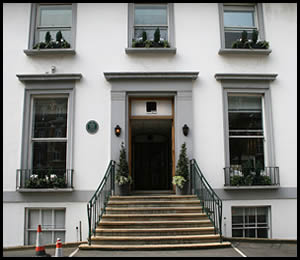
At the very end of The Beatles’ very last live performance, an improvised concert on the roof of a building in January 1969, John Lennon jokingly stated, “I’d like to say thank you […]
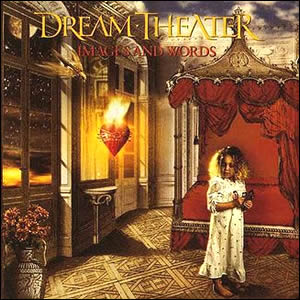
Buy Images and Words Images and Words is the second studio album by Dream Theater, released in the summer of 1992. It is the first to feature vocalist James LaBrie and is considered […]

Buy New Miserable Experience Released during the heyday of the grunge music movement, New Miserable Experience was the peak of Gin Blossoms‘s short-lived fame in the early 1990s. It consists of lean and […]
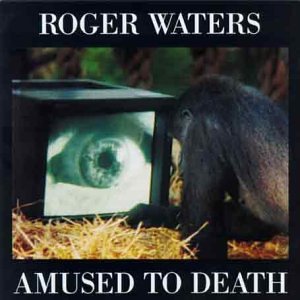
Buy Amused to Death For what turned out to be his final solo studio album (to date, 20 years and counting), Roger Waters composed a complex (and often confused) concept album called Amused […]
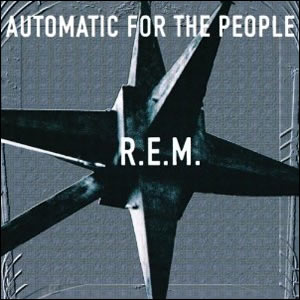
Buy Automatic For the People Automatic For the People is the eighth album by R.E.M., released in 1992 following their breakthrough Out of Time. Since the band did not tour to support that album, […]

Buy Little Earthquakes Little Earthquakes is the debut solo album of singer/songwriter Tori Amos. It followed the dissolution of her 1980s synth-pop band called “Y Kant Tori Read”, with a batch of a […]
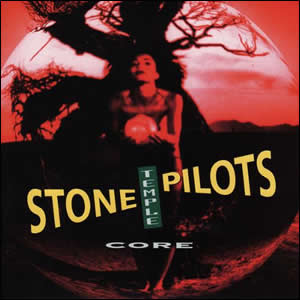
Buy Core Around 1990, a hard rock band from San Diego, CA called Mighty Joe Young recorded a demo featuring some unorthodox musical styles, such as funk and yodeling and soon began to […]

Buy Business As Usual One would not be out of line to suggest that this is a rather “unusual” (pun intended) selection for our 1982 album of the year. In fact, Business As […]
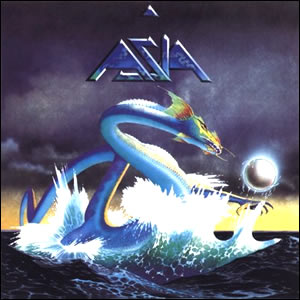
Buy Asia Asia was a short-lived “supergroup” which existed primarily in the early 1980s. Their debut eponymous album was wildly successful commercially, reaching #1 in the US on the Billboard album charts and […]